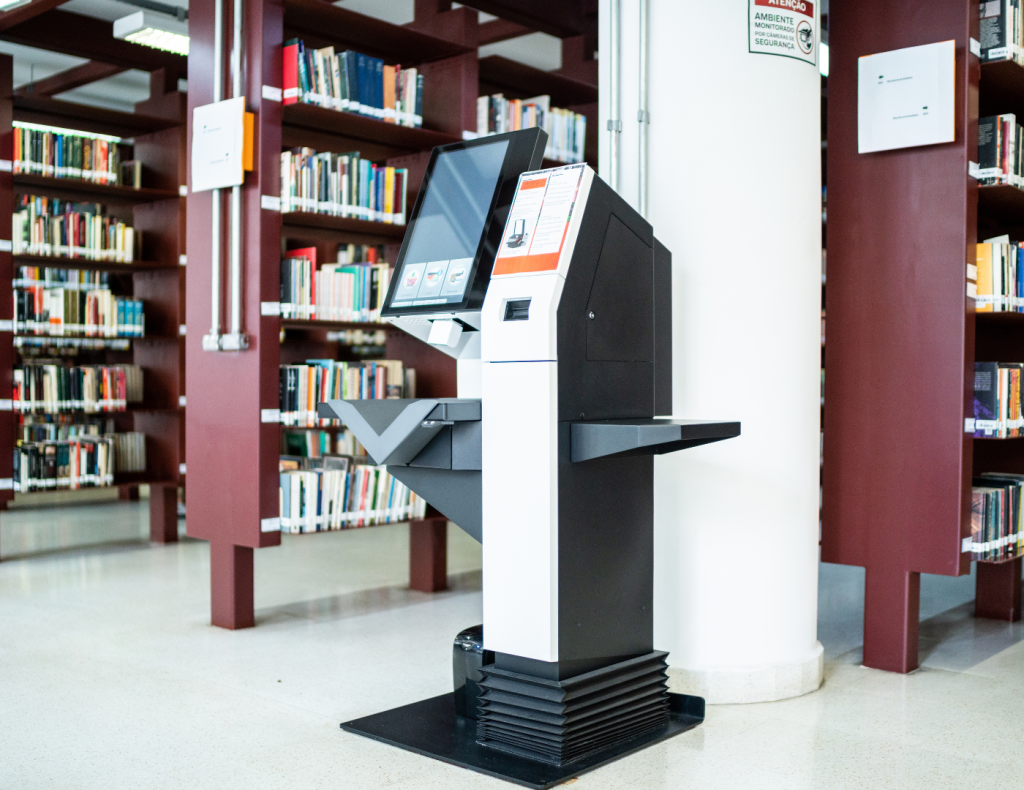Introduction
In the digital age, libraries are evolving beyond traditional bookshelves and physical cataloging systems. Digital transformation is revolutionizing how libraries store, manage, and deliver knowledge to users. By adopting modern technologies, libraries can improve accessibility, enhance user experience, and remain relevant in an increasingly digital world.
What is Library Digital Transformation?
Library digital transformation refers to the integration of digital tools, automated systems, and online resources to enhance library services. It involves transitioning from manual operations to more efficient, technology-driven solutions, including:
-
Digital cataloging and cloud-based databases
-
Online access to e-books, journals, and research papers
-
Artificial Intelligence (AI)-powered search and recommendation systems
-
Virtual reference services and chatbots for user assistance
-
Data analytics for optimizing resource utilization

Key Benefits of Digital Transformation in Libraries
1. Enhanced Accessibility
Libraries can offer remote access to resources, allowing users to browse, borrow, and read digital content anytime, anywhere. This is particularly beneficial for students, researchers, and professionals.
2. Improved Efficiency
Automating library management tasks such as book tracking, checkouts, and returns reduces administrative workload, minimizes errors, and enhances operational efficiency.
3. Better User Experience
A digital interface with an intuitive design, AI-powered recommendations, and real-time assistance improves the overall user experience, making information retrieval faster and easier.
4. Preservation of Rare and Fragile Materials
Digitizing old manuscripts, historical documents, and rare books ensures their preservation and prevents damage from physical handling.
5. Cost Savings
By reducing the need for physical space, printing, and manual record-keeping, digital libraries save costs while maintaining a vast and diverse collection.
Technologies Driving Library Digital Transformation
1. Integrated Library Systems (ILS)
ILS automates core library functions, including cataloging, circulation, and acquisitions, ensuring seamless management of physical and digital collections.
2. Cloud-Based Solutions
Cloud storage allows libraries to store vast amounts of digital data securely and provide remote access to users without geographical limitations.
3. Artificial Intelligence & Machine Learning
AI-powered search engines and recommendation systems help users find relevant resources quickly, while chatbots provide instant assistance.
4. Blockchain for Digital Rights Management
Blockchain technology ensures secure transactions, copyright protection, and digital asset management for library resources.
5. Virtual & Augmented Reality (VR/AR)
Libraries can use VR/AR for immersive learning experiences, such as virtual museum tours, interactive storytelling, and 3D visualizations of historical sites.
Steps to Digitally Transform a Library
1. Assess Current Infrastructure
Evaluate the library’s existing technology, user needs, and operational challenges to create a customized digital transformation plan.
2. Digitize Collections
Convert physical books, manuscripts, and archives into digital formats, ensuring proper metadata tagging and searchability.
3. Implement an Integrated Library System
Adopt an ILS to automate library operations and manage digital and physical resources efficiently.
4. Develop an Online Platform
Create a user-friendly website or mobile app where users can search, borrow, and access resources remotely.
5. Train Staff & Educate Users
Conduct training sessions for library staff to adapt to digital tools and educate users on how to maximize the benefits of digital resources.
6. Ensure Data Security & Compliance
Implement cybersecurity measures to protect digital content, user data, and sensitive information.
Conclusion
Library digital transformation is not just about adopting new technologies; it’s about redefining how knowledge is accessed and shared in the modern world. By embracing digital solutions, libraries can remain relevant, offer superior user experiences, and preserve valuable resources for future generations. Whether it’s an academic institution, public library, or corporate archive, the future of libraries lies in the seamless integration of technology and knowledge.




